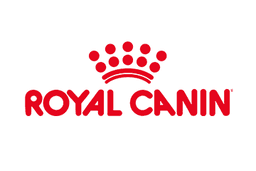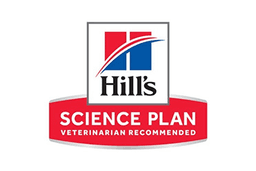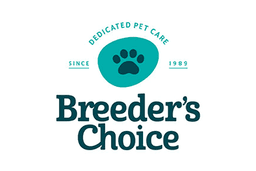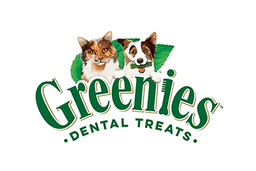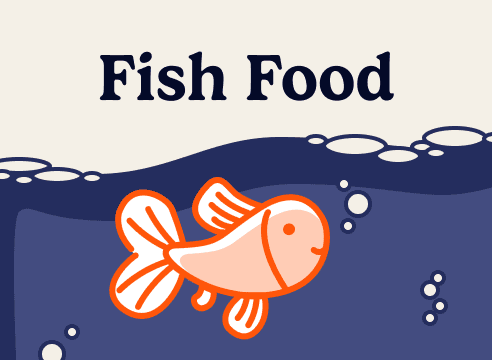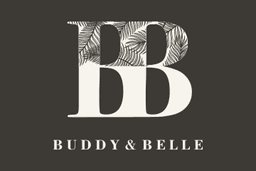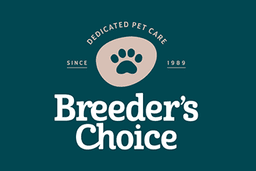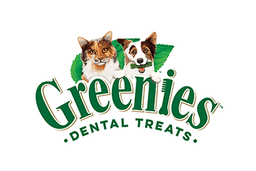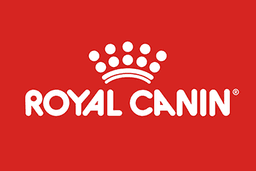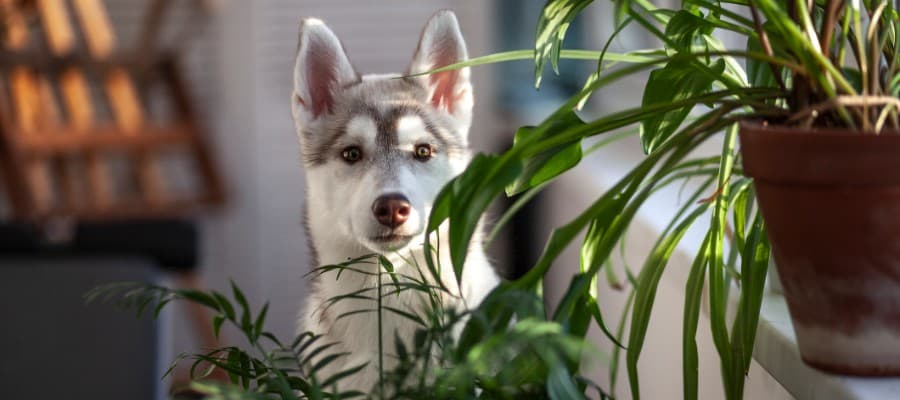As a dog parent, you know your fur baby’s sniffing snout will find its way to anything of interest around your home. And that includes your other babies… of the leafy variety. Your houseplants.
But did you know, some plants can be harmful to your hound?
So to avoid a trip to the or vet, we’ve taken the duty to share our guide to living with plants and pups – in peace.
You might be looking around with worry, wondering, ‘Are any of my plants poisonous to my dog?’.
Maybe. But you’re about to know for sure. So get ready to say goodbye to ones that are of Great Dane-ger.
Toxic Plants for Dogs
From the disagreeable to the downright deadly, the most common toxic plants for pups include:
- Aloe Vera - Can cause vomiting and diarrhea.
- Arrowhead Vine - Contains calcium oxalate crystals which can irritate the mouth and cause difficulty swallowing.
- Asparagus Fern - Can cause gastrointestinal upset and skin irritation.
- Bird of Paradise - Can cause mild nausea, vomiting, and drowsiness.
- Caladium (Elephant Ear) - Contains calcium oxalate crystals that can cause severe mouth irritation.
- Chinese Evergreen - Irritant to the mouth and digestive system due to calcium oxalate crystals.
- Corn Plant - Can cause vomiting, often with blood.
- Dumb Cane - Very irritating to the mouth and oesophagus, can lead to swelling and breathing difficulties.
- Jade Plant - Toxicity can lead to vomiting and lethargy.
- Peace Lily - Can cause oral irritation and upset stomach.
- Philodendron - Irritates the mouth and gastrointestinal tract.
- Pothos (Devil's Ivy) - Similar to philodendrons, causes irritation to the mouth and GI tract.
- Rubber Plant - Irritant to the skin and stomach, though less toxic than others.
- Sago Palm - Very toxic, especially the seeds.
- Snake Plant - Causes nausea, vomiting, and diarrhea.
- Swiss Cheese Plant (Monstera deliciosa) - Can cause irritation of the mouth and GI tract due to oxalate crystals.
- ZZ Plant (Zamioculcas zamiifolia) - Can cause irritation and stomach upset.
You can check out Agriculture Victoria for a full list of toxic plants to dogs.
Toxic Flowers for Dogs
- Amaryllis - Bulbs can cause vomiting, depression, diarrhea, abdominal pain, hypersalivation, and tremors.
- Azalea - Consumption can lead to vomiting, diarrhea, and severe cardiac complications.
- Begonia - Mostly the tubers are toxic, leading to oral irritation and difficulty swallowing.
- Carnation - Mildly toxic, causing gastrointestinal upset and mild dermatitis.
- Chrysanthemum - Contains pyrethrins that can cause neurological toxicity, leading to tremors and coordination issues.
- Daffodil - Bulbs can cause intense gastrointestinal distress, convulsions, and heart issues.
- Daphne - Berries are highly toxic, leading to vomiting, diarrhea, and even coma or death.
- Foxglove - Contains cardiac glycosides that can affect the heart, potentially fatal even in small doses.
- Hyacinth - Similar to tulips, the bulbs are particularly toxic, causing severe irritation and possible respiratory problems.
- Iris - The rhizomes are toxic, causing gastrointestinal issues, including vomiting and diarrhea.
- Jasmine - Some varieties can be toxic, causing mild to moderate gastrointestinal irritation.
- Lilies - Can cause kidney failure in dogs if ingested.
- Lily of the Valley - Contains cardiac glycosides, extremely toxic to dogs and can cause severe cardiac issues.
- Oleander - Highly toxic, can lead to severe cardiac issues and potentially death.
- Tulips - The bulbs are the most toxic part, causing oral irritation, drooling, and gastrointestinal upset.
- Wisteria - Seeds and pods can cause gastrointestinal upset, including vomiting and diarrhea.
Non-Toxic Plants and Flowers for Dogs
There are still a few diamonds in the ruff. So if you’re looking for some greenery to liven up your space, here are some of the best:
- African Violet - A pop of colour that's safe for pets.
- American Rubber Plant - Similar to the rubber plant (Ficus elastica) in appearance but non-toxic.
- Baby Tears - Resembles the texture of asparagus fern but is safe for pets.
- Banana Leaves - Similar in tropical appeal to the bird of paradise, but non-toxic.
- Boston Fern - Looks like asparagus fern but is safe for dogs.
- Bird’s Nest Fern - Similar in form to the philodendron but non-toxic.
- Bromeliad - Can be mistaken for certain types of aloe, but is safe.
- Calathea Zebra - Similar striking foliage to dumb cane but safe for pets.
- Cast Iron Plant - Similar to the peace lily in looks and care requirements.
- Chinese Money Plant - Has lush foliage like philodendron but is safe.
- Impatiens - Resemble azaleas in their floral display but are safe.
- Orchid - Its delicate appearance can be likened to lilies but is safe for pets.
- Parlor/Areca Palm - Similar to the sago palm in looks, providing a tropical feel without the risk.
- Peperomia - Offers a variety of foliage that can be similar to rubber plant but is safe.
- Polka Dot Plant - Its vibrant spotted foliage contrasts with the more dangerous dumb cane.
- Ponytail Palm - Has a distinct appearance, somewhat akin to the sago palm, but is non-toxic.
- Roses - While thorny like oleander, they are completely safe for dogs.
- Royal Velvet Plant - Luxurious foliage like some types of philodendron but non-toxic.
- Spider Plant - Often mistaken in hanging form for English ivy, yet it's safe for pets.
- Staghorn Fern - Resembles the asparagus fern in mounting style but is non-toxic.
- Sunflowers - Tall and stately like foxglove but safe and non-toxic.
- Venus Fly Trap - Unique like the sago palm but fascinatingly safe and non-toxic.
Sniff around ASPCA for a full list of safe plants for dogs
What if my dog eats a poisonous plant?
If your dog eats a dangerous delicacy, you’ll need to go straight to your vet.
During the appointment, offer them as much information as possible. (Or even better, jump on the phone before you arrive.)
What type of plant was it? When did your dog ingest the plant? How much of the plant did your dog eat?
Your vet will take it from there. And you can rest assured that your bestie will be in the best hands possible.
Remember: Stay calm. Our dogs can pick up on our fear, making them anxious. And a racing heart spreads toxins quicker. So even though it can be scary, try to act cool.
How to stop your dog from eating your safe plants
Even if your house is a safe plant jungle, we imagine you’d still prefer your precious plants to stay off the menu when your mutt has the munchies.
And while there’s no quick fix, with regular training you can teach your dog to respect your boundaries – and bromeliads!
But if your dog still frolics near the foliage, the next step is to redesign your space to make your plants harder to reach.
With any luck, your pup will roll over and find something else to snack on.
If neither of these options work, then it’s time to bring out the big (spray) guns. Repellents and deterrents can work wonders to train your dog about where they can and can’t go.
Whether it’s applying a repellent around your plant, setting up a sensor water spray or structuring a sound system that turns their ears away – there are plenty of options to keep your dog far from your plants.
With this guide on indoor plants, you and your pup can now be at one with nature – thriving in both health and wellbeing!





